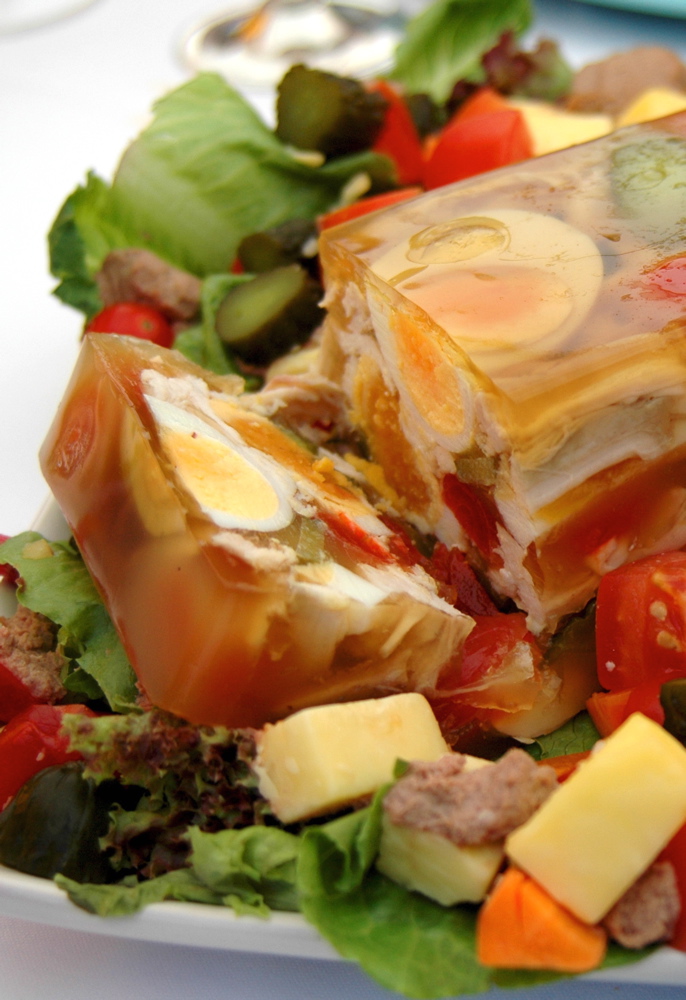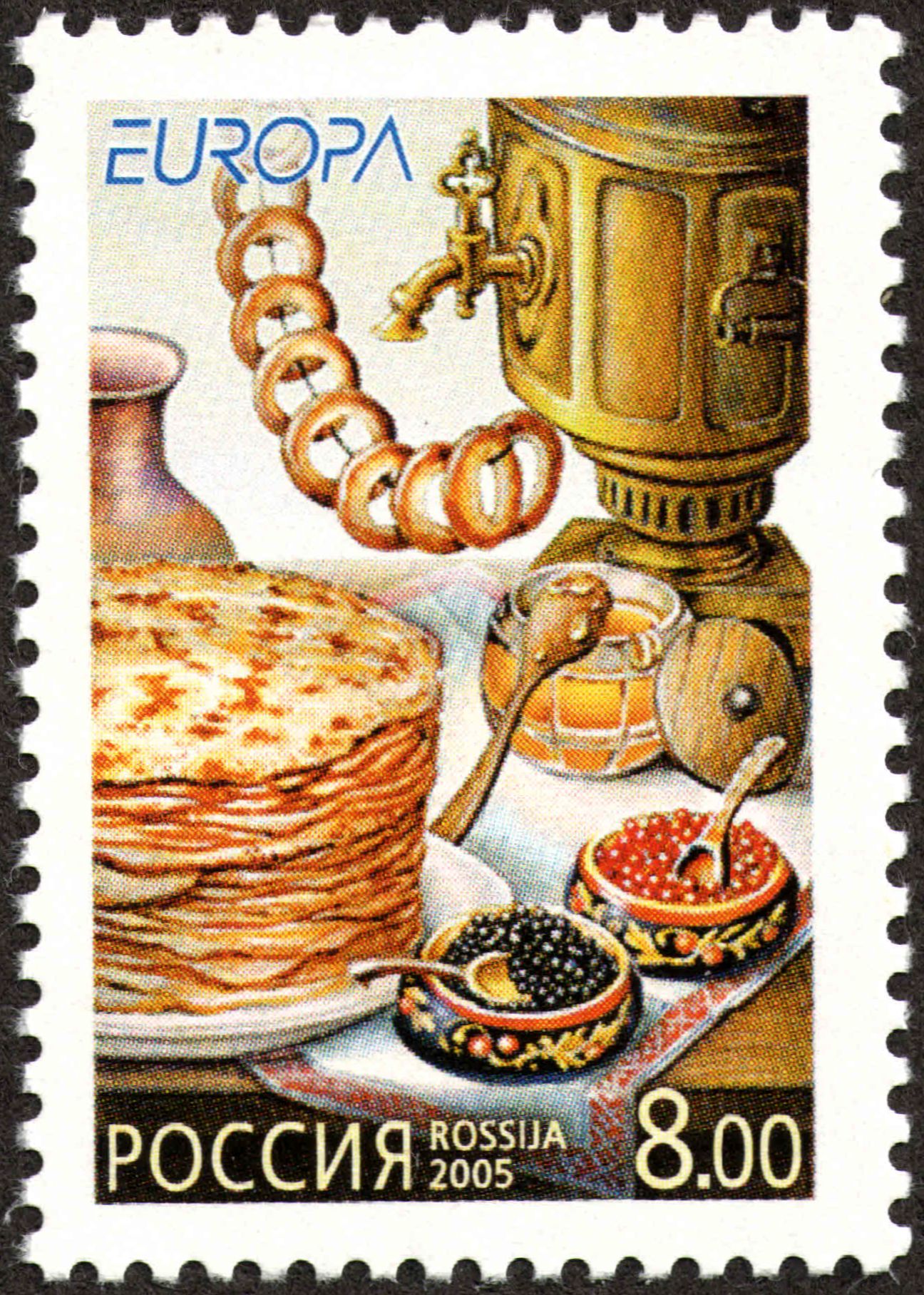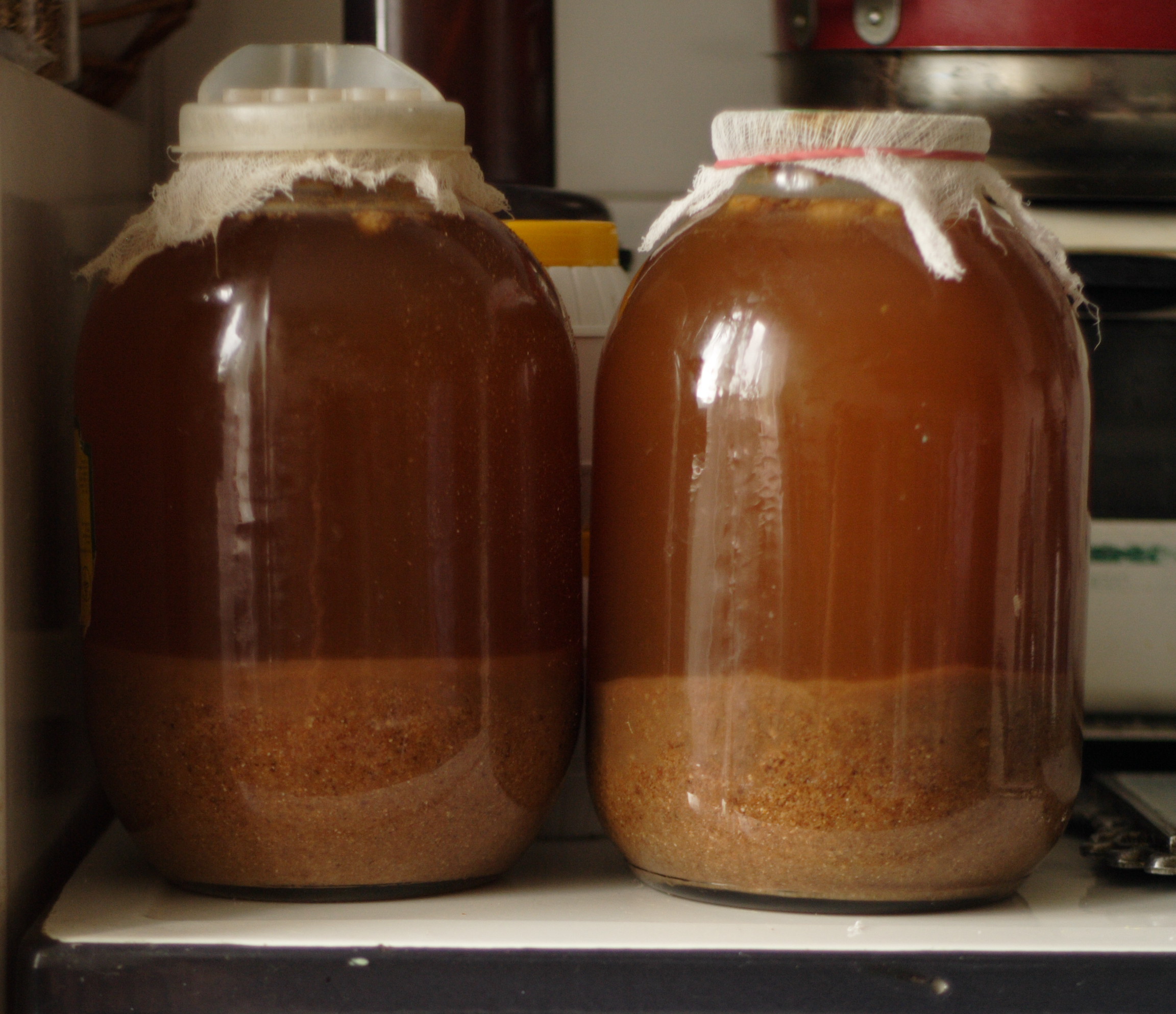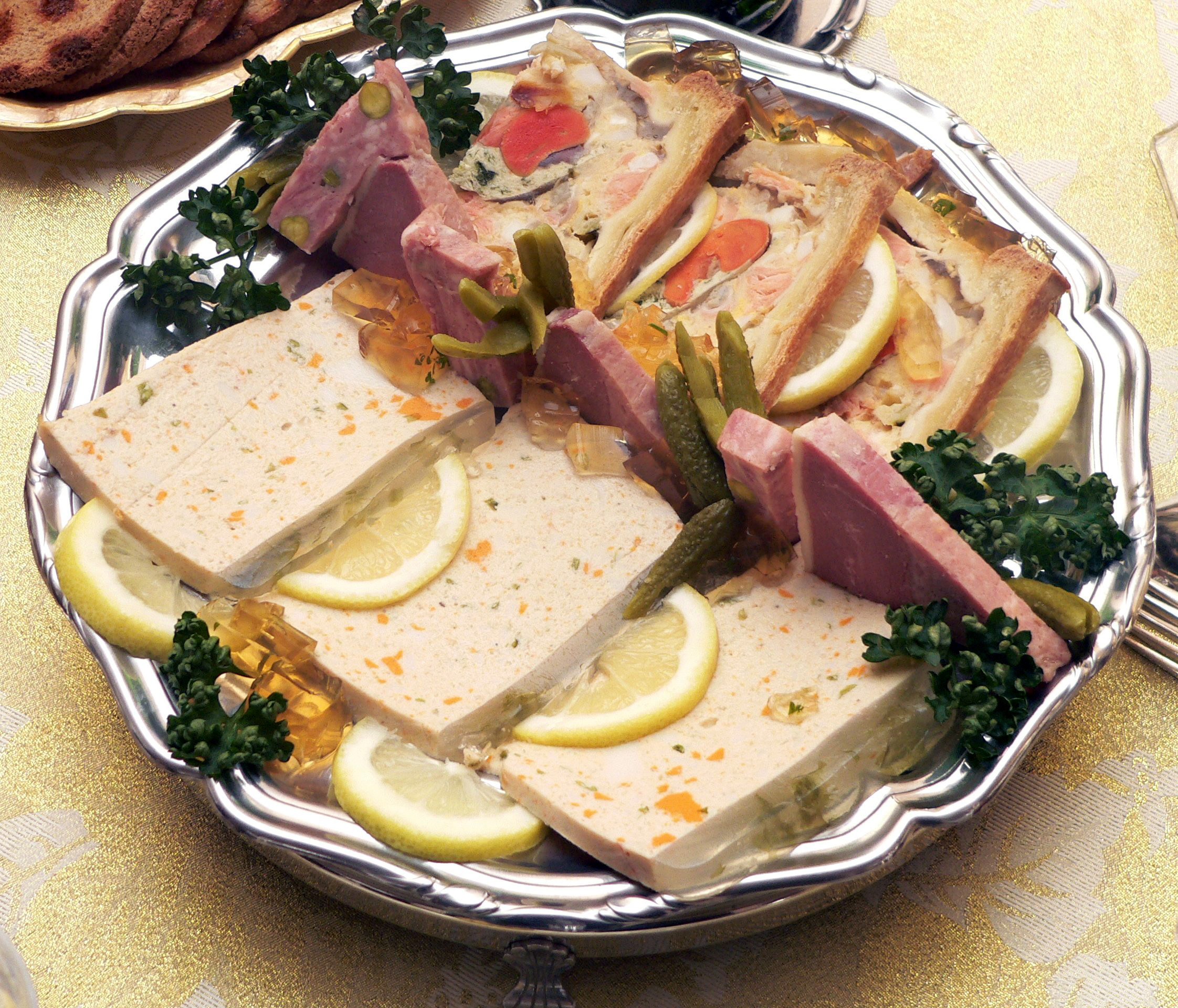|
Tushonka
Tushonka ( rus, ''тушёнка'', p=tʊˈʂonkə, from ''тушение'', ' braising') is a canned stewed meat especially popular in Russia and other countries of the former Eastern Bloc. It has become a common name for different kinds of canned stewed meat, not all of which correspond to the strict GOST standards. Tushonka can be used and preserved in extreme situations, and therefore is a part of military food supplies in the CIS. For the people of the Soviet Union, tushonka was a part of military and tourist food supplies; at some extreme periods of time it could be bought only with food stamps.Grover J. Sims -Meat and meat animals in World War II 1951 - Page 80 "The CCC also bought beef Tushonka for lend-lease shipment to Russia. Purchases, however, did not begin until 1944. Contracts let in that year totaled 34 million pounds; in 1945 purchases were slightly less. Beef Tushonka is prepared in the ..." Unlike many Western canned meat products, tushonka has separate piec ... [...More Info...] [...Related Items...] OR: [Wikipedia] [Google] [Baidu] |
Potted Meat Food Product
Potted meat is a form of traditional food preservation in which hot cooked meat is placed in a pot, tightly packed to exclude air, and then covered with hot fat. As the fat cools, it hardens and forms an airtight seal, preventing some spoilage by airborne bacteria. Before the days of refrigeration, potted meat was developed as a way to preserve meat when a freshly slaughtered animal could not be fully eaten immediately. Spores of ''Clostridium botulinum'' can survive cooking at 100 °C (212 °F), and, in the anaerobic neutral pH storage environment, result in botulism. Often when making potted meat, the meat of only one animal was used, although other recipes, such as the Flemish ''potjevleesch'', used three or four different meats (animals). Commercial products A potted meat food product is a food preserved by canning and consisting of various seasoned cooked meats, often puréed, minced, or ground, which is heat-processed and sealed into small cans. Various me ... [...More Info...] [...Related Items...] OR: [Wikipedia] [Google] [Baidu] |
Spam (food)
Spam (stylized in all-caps) is a brand of lunch meat ( processed canned pork and ham) made by Hormel Foods Corporation, an American multinational food processing company. It was introduced in the United States in 1937 and gained popularity worldwide after its use during World War II. , Spam was sold in 41 countries, and trademarked in more than 100, on six continents. Spam's main ingredients are pork shoulder and ham, with salt, water, modified potato starch (as a binder), sugar, and sodium nitrite (as a preservative). Natural gelatin is formed during cooking in its cans on the production line. It is available in different flavors, some using different meats, as well as in "lite" and lower-sodium versions. Spam is precooked, making it safe to consume straight from the can, but it is often cooked further for taste. Concerns about Spam's nutritional attributes have been raised because it contains twice as much of the daily dietary recommendation of fat as it does of ... [...More Info...] [...Related Items...] OR: [Wikipedia] [Google] [Baidu] |
Holodets
Aspic () or meat jelly is a savoury gelatin made with a meat stock or broth, set in a mold to encase other ingredients. These often include pieces of meat, seafood, vegetable, or eggs. Aspic is also sometimes referred to as ''aspic gelée'' or ''aspic jelly''. In its simplest form, aspic is essentially a gelatinous version of conventional soup. History According to one poetic reference by Ibrahim ibn al-Mahdi, who described a version of a dish prepared with Iraqi carp, it was "like ruby on the platter, set in a pearl ... steeped in saffron thus, like garnet it looks, vibrantly red, shimmering on silver". Historically, meat aspics were made even before fruit- and vegetable-flavoured aspics. By the Middle Ages, cooks had discovered that a thickened meat broth could be made into a jelly. A detailed recipe for aspic is found in '' Le Viandier'', written in or around 1375. In the early 19th century, the French chef Marie-Antoine Carême created chaudfroid. The term ''chaudfroid'' ... [...More Info...] [...Related Items...] OR: [Wikipedia] [Google] [Baidu] |
Soviet Cuisine
Soviet cuisine, the common cuisine of the Soviet Union, was formed by the integration of the various national cuisines of the Soviet Union, in the course of the formation of the Soviet people. It is characterized by a limited number of ingredients and simplified cooking. This type of cuisine was prevalent in canteens everywhere in the Soviet Union. It became an integral part of household cuisine and was used in parallel with national dishes, particularly in large cities. Generally, Soviet cuisine was shaped by Soviet eating habits and a very limited availability of ingredients in most parts of the USSR. Most dishes were simplifications of French, Russian, Austro- Hungarian cuisines, and cuisines from other Eastern Bloc nations. Caucasian cuisines, particularly Georgian cuisine, contributed as well. To a significant extent it was reflected in and formed by '' The Book of Tasty and Healthy Food'', first printed in 1939, following the directions of Anastas Mikoyan. See also * ... [...More Info...] [...Related Items...] OR: [Wikipedia] [Google] [Baidu] |
Russian Cuisine
Russian cuisine is a collection of the different dishes and cooking traditions of the Russians, Russian people as well as a list of culinary products popular in Russia, with most names being known since pre-Soviet times, coming from all kinds of social circles. History The history of Russian cuisine was divided in four groups: Old Russian cuisine (9th to 16th century), Old Moscow cuisine (17th century), the cuisine that existed during the ruling of Peter the Great, Peter and Catherine the Great (18th century), and finally Petersburg cuisine, which took place from the end of the 18th century to the 1860s. In the Old Russian period, the main food groups were bread, grains, and other foods that contained starch. Women baked pies with many different fillings, such as mushrooms or berries. During gatherings, a loaf of bread and salt was always present. Kasha, such as buckwheat and oats, were represented as wellbeing to the household. Many Russians used honey and berries and mad ... [...More Info...] [...Related Items...] OR: [Wikipedia] [Google] [Baidu] |
Meat Dishes
Meat is animal tissue, often muscle, that is eaten as food. Humans have hunted and farmed other animals for meat since prehistory. The Neolithic Revolution allowed the domestication of vertebrates, including chickens, sheep, goats, pigs, horses, and cattle, starting around 11,000 years ago. Since then, selective breeding has enabled farmers to produce meat with the qualities desired by producers and consumers. Meat is mainly composed of water, protein, and fat. Its quality is affected by many factors, including the genetics, health, and nutritional status of the animal involved. Without preservation, bacteria and fungi decompose and spoil unprocessed meat within hours or days. Meat is edible raw, but it is mostly eaten cooked, such as by stewing or roasting, or processed, such as by smoking or salting. The consumption of meat (especially red and processed meat, as opposed to fish and poultry) increases the risk of certain negative health outcomes including cancer, coron ... [...More Info...] [...Related Items...] OR: [Wikipedia] [Google] [Baidu] |
Kvass
Kvass is a fermented, cereal-based, low-alcoholic beverage of cloudy appearance and sweet-sour taste. Kvass originates from northeastern Europe, where grain production was considered insufficient for beer to become a daily drink. The first written mention of kvass is found in ''Primary Chronicle'', describing the celebration of Vladimir the Great's baptism in 988. In the traditional method, kvass is made from a mash obtained from rye bread or rye flour and malt soaked in hot water, fermented for about 12 hours with the help of sugar and bread yeast or baker's yeast at room temperature. In industrial methods, kvass is produced from wort concentrate combined with various grain mixtures. It is a drink known in Belarus, Estonia, Latvia, Lithuania, Moldova, Georgia, Poland, Russia, and Ukraine. Kvass (or beverages similar to it) are also popular in some parts of China, Finland, Kazakhstan, and Uzbekistan. Terminology The word ''kvass'' is ultimately from Proto-Indo-European bas ... [...More Info...] [...Related Items...] OR: [Wikipedia] [Google] [Baidu] |
Rye Bread
Rye bread is a type of bread made with various proportions of flour from rye grain. It can be light or dark in color, depending on the type of flour used and the addition of coloring agents, and is typically denser than bread made from wheat flour. Compared to white bread, it is higher in fiber, darker in color, and stronger in flavor. The world's largest exporter of rye bread is Poland. Rye bread was considered a staple through the Middle Ages. Many different types of rye grain have come from north-central, western, and eastern European countries such as Iceland, Germany, Austria, Denmark, Sweden, Norway, Finland, Estonia, Latvia, Lithuania, Poland, Belarus, Ukraine, Russia, the Netherlands, Belgium, France, and the Czech Republic, and it is also a specialty in the canton of Valais in Switzerland. Archaeobotanical discoveries in Britain and Ireland show it was in use in both areas since at least the early Iron Age, although evidence of sustained intentional cultivation, espec ... [...More Info...] [...Related Items...] OR: [Wikipedia] [Google] [Baidu] |
Pasta
Pasta (, ; ) is a type of food typically made from an Leavening agent, unleavened dough of wheat flour mixed with water or Eggs as food, eggs, and formed into sheets or other shapes, then cooked by boiling or baking. Pasta was originally only made with durum, although the definition has been expanded to include alternatives for a gluten-free diet, such as rice flour, or legumes such as beans or lentils. Pasta is believed to have developed independently in Italy in the Middle Ages, Italy and is a staple food of Italian cuisine, with evidence of Etruscan civilization, Etruscans making pasta as early as 400 BCE in Italy. Pastas are divided into two broad categories: dried () and fresh (Italian: ). Most dried pasta is produced commercially via an Food extrusion, extrusion process, although it can be produced at home. Fresh pasta is traditionally produced by hand, sometimes with the aid of simple machines.Hazan, Marcella (1992) ''Essentials of Classic Italian Cooking'', Knopf, F ... [...More Info...] [...Related Items...] OR: [Wikipedia] [Google] [Baidu] |
Makarony Po-flotski
''Makarony po-flotski'' (Russian: ''макароны по-флотски''; ) is a Russian dish made of cooked pasta (typically macaroni, hence the name) mixed with stuffing made of stewed or fried ground meat (usually beef or pork) and fried onions, usually salted and optionally peppered. Originally served in maritime forces, the dish became popular in Russia due to its simplicity, low cost and short time of preparation. ''Makarony po-flotski'' became especially popular after World War II during times of poverty in the Soviet Union. The ground meat can be replaced with canned meat (tushonka). In the 1990s, Rospotrebnadzor banned the dish in school canteens, citing high infection risk due to insufficient heat treatment before serving. A similar ban exists in canteens for elderly and disabled people. See also * List of pasta * List of pasta dishes * Spaghetti bolognese Bolognese sauce, known in Italian as or (called in Bologna, ''ragó'' in Bolognese dialect), is the ... [...More Info...] [...Related Items...] OR: [Wikipedia] [Google] [Baidu] |
Offal
Offal (), also called variety meats, pluck or organ meats, is the internal organ (anatomy), organs of a butchered animal. Offal may also refer to the by-products of Milling (grinding), milled grains, such as corn or wheat. Some cultures strongly consider offal consumption to be taboo, while others use it as part of their everyday food, such as lunch meats, or, in many instances, as Delicacy, delicacies. Certain offal dishes—including ''foie gras'' and ''pâté''—are often regarded as gourmet food in the culinary arts. Others remain part of traditional regional cuisine and are consumed especially during holidays; some examples are sweetbread, Jewish chopped liver, Scottish haggis, U.S. chitterlings, and Mexican Menudo (soup), menudo. On the other hand, intestines are traditionally used as casing for sausages. Depending on the context, ''offal'' may refer only to those parts of an animal carcass discarded after butchering or skinning; offal not used directly for human or anim ... [...More Info...] [...Related Items...] OR: [Wikipedia] [Google] [Baidu] |








